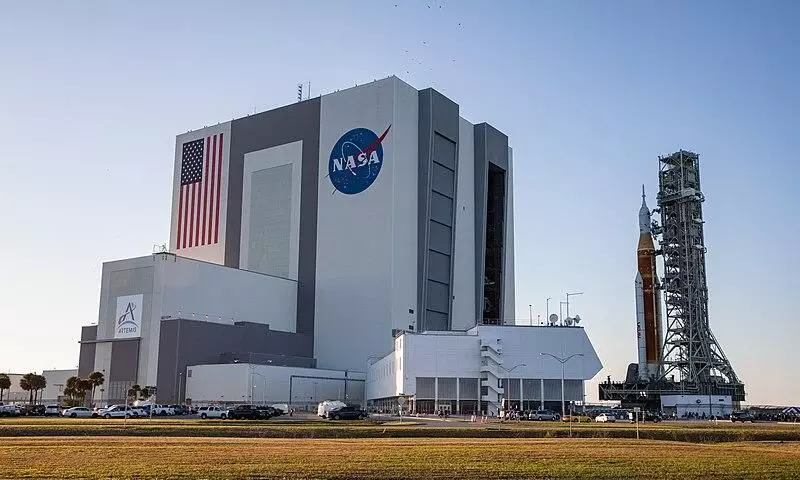
NASA starts working on a telescope to search alien Earths
text_fieldsWashington: NASA has started designing a futuristic telescope aimed at searching for alien Earths.
The US space agency is working on a telescope that observes infrared, optical, and ultraviolet light to look for habitable exoplanets and signs of life in them. It will be known as the Habitable Worlds Observatory, said Mark Clampin, the director of NASA's astrophysics division.
He said while it is called an exoplanet mission, it is not. It is an observatory. "To meet its mission of searching for life, the Habitable Worlds Observatory will need to be a super-stable telescope equipped with a powerful coronagraph, an instrument that allows scientists to study faint objects like rocky planets near bright objects like stars. But that's a powerful combination for astrophysicists as well."
The National Academies of Sciences document noted that NASA should use small missions to develop x-ray and far-infrared observing technologies that can be used on two large space telescope missions. These can later join the observatory and bring more power to a wider range of wavelengths, reported Space.com.
Once finished, it will be perched 1 million miles (1.5 million kilometers) away from Earth opposite the sun, at a spot known as Earth-sun Lagrange point 2 or L2. It will also benefit from robotic upgrades. "It gives us (NASA) flexibility because it means we don't necessarily have to hit all of the science goals the first time, " said Clampin.
NASA is currently working on the Nancy Grace Roman Space Telescope which is expected to be ready in the mid-2020s.























